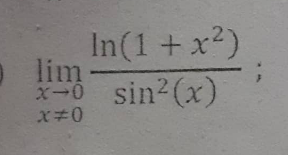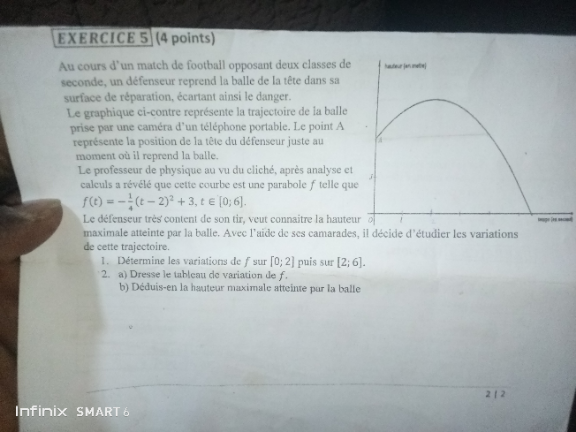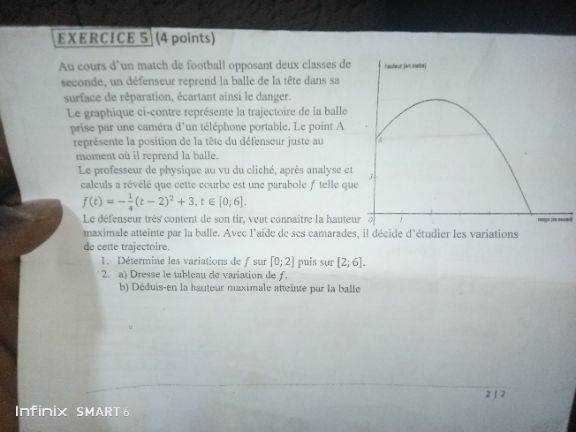
AllQuestion and Answers: Page 179
Question Number 204477 Answers: 1 Comments: 0
Question Number 204472 Answers: 2 Comments: 0
Question Number 204471 Answers: 2 Comments: 0

Question Number 204469 Answers: 1 Comments: 0
Question Number 204468 Answers: 1 Comments: 0
Question Number 204441 Answers: 0 Comments: 2

Question Number 204437 Answers: 1 Comments: 0
$$\int_{\mathrm{0}} ^{\frac{\Pi}{\mathrm{2}}} {sin}\left({t}\right){ln}\left({sint}\right){dt} \\ $$
Question Number 204436 Answers: 0 Comments: 0

Question Number 204433 Answers: 3 Comments: 1

Question Number 204428 Answers: 0 Comments: 1

Question Number 204426 Answers: 1 Comments: 0
Question Number 204461 Answers: 2 Comments: 0
Question Number 204423 Answers: 3 Comments: 1

Question Number 204421 Answers: 3 Comments: 0
Question Number 204418 Answers: 1 Comments: 1

Question Number 204417 Answers: 2 Comments: 0
Question Number 204410 Answers: 0 Comments: 0

Question Number 204409 Answers: 3 Comments: 1
Question Number 204405 Answers: 1 Comments: 1

Question Number 204398 Answers: 0 Comments: 0
Question Number 204397 Answers: 3 Comments: 0

Question Number 204396 Answers: 1 Comments: 0

Question Number 204395 Answers: 1 Comments: 0

Question Number 204394 Answers: 0 Comments: 0

Question Number 204393 Answers: 0 Comments: 0

Question Number 204389 Answers: 1 Comments: 0

Pg 174 Pg 175 Pg 176 Pg 177 Pg 178 Pg 179 Pg 180 Pg 181 Pg 182 Pg 183
